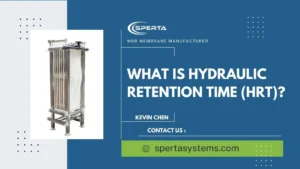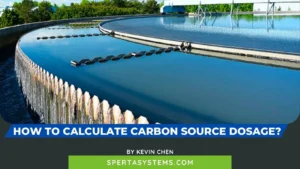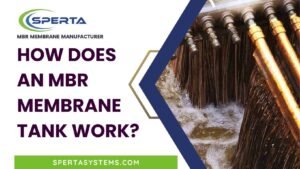Fouling is a common challenge in membrane-based processes that can significantly affect performance and efficiency. Membrane fouling occurs when unwanted substances accumulate on the membrane surface, hindering the filtration or separation. Understanding the different types of membrane fouling is crucial for effective mitigation and optimal process performance.
What Are the Primary Types of Membrane Fouling?
- Particulate Fouling
Particulate fouling is one of the most prevalent types of membrane fouling. It occurs when solid particles in the feed water accumulate on the membrane surface or within its pores. These particles can range from suspended solids and sediment to colloidal substances. Particulate fouling can reduce membrane efficiency by obstructing flow channels and diminishing the membrane’s capacity to separate contaminants. - Biological Fouling
Biological fouling, often referred to as biofouling, involves the growth of microorganisms on the membrane surface. These microorganisms, including bacteria, algae, and fungi, can form biofilms that create a sticky layer on the membrane. Biofouling can lead to reduced flux rates, increased energy consumption, and the need for more frequent maintenance. - Scaling
Scaling is a form of fouling caused by the precipitation of dissolved minerals in the feed water. Common scaling minerals include calcium carbonate, calcium sulfate, and silica. These minerals can accumulate on the membrane surface and within its pores, reducing permeability, increasing pressure differentials, and potentially causing irreversible damage. - Chemical Fouling
Chemical fouling occurs when specific chemicals or solutes in the feed water interact with the membrane material, forming deposits or coatings on the membrane surface. The nature of chemical fouling can vary based on the membrane type and the chemicals present.

How Can You Address Different Types of MBR Membrane Fouling?
Mitigating membrane fouling requires tailored strategies based on the type of fouling encountered. These strategies may include:
- Regular cleaning and maintenance to remove accumulated fouling materials.
- The use of anti-fouling additives or pre-treatment processes to prevent fouling.
- Adjustments to operating conditions, such as flux rates and transmembrane pressure.
- Selecting appropriate membrane materials and configurations to resist fouling.
Understanding the distinct characteristics of each fouling type and implementing effective mitigation measures are essential for maintaining optimal membrane performance and prolonging membrane lifespan.

Conclusion
In conclusion, there are several types of MBR membrane fouling, including particulate fouling, biological fouling, scaling, and chemical fouling. Recognizing and addressing these fouling mechanisms is crucial for optimizing membrane-based processes across various industries. By employing appropriate fouling mitigation strategies, industries can harness the full potential of membrane technology for applications ranging from water purification to pharmaceutical manufacturing.
The above information is about the MBR membrane fouling. If you still have questions about the membrane bioreactor or need to purchase MBR membranes, don’t hesitate to contact SPERTA.
Shanghai SPERTA Environmental Technology Co., Ltd. has specialized in producing water treatment products for many years. The company has the core technology of producing MBR membrane components and has a high production capacity, aiming to build a high-quality brand of MBR production and sales all over the world. If you have any needs, please feel free to contact us.







